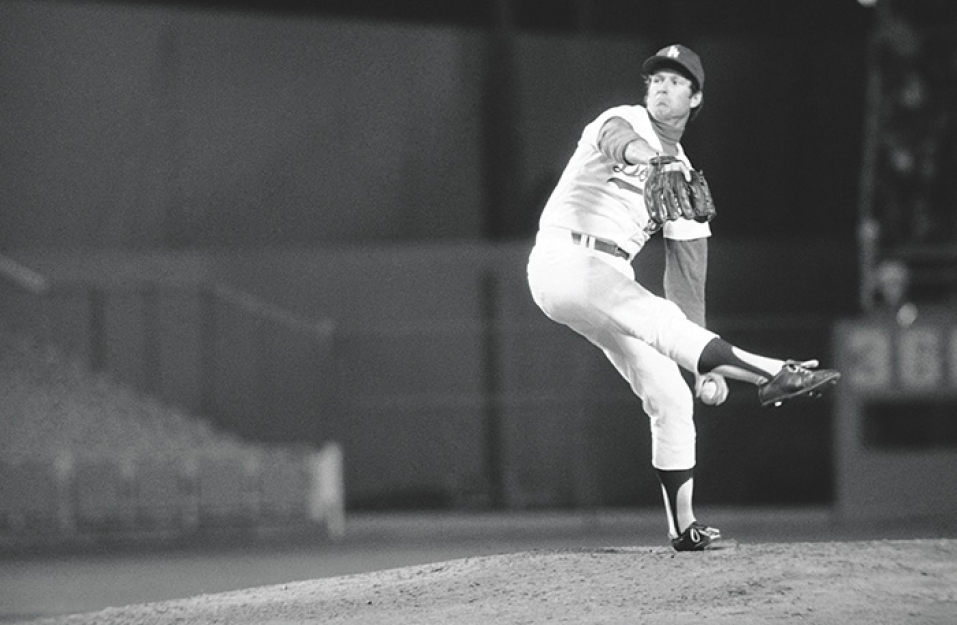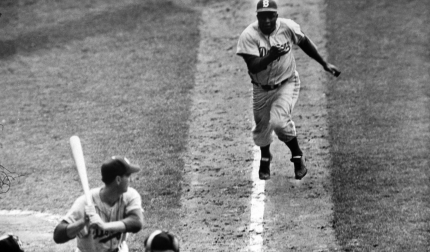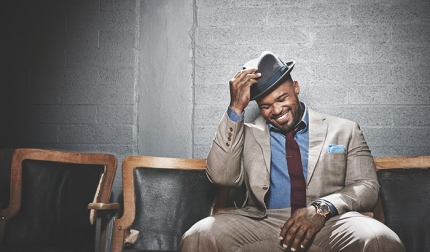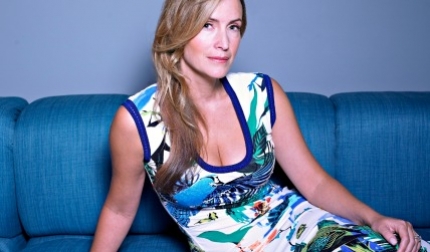With 288 wins and a pioneering arm surgery to his name, Tommy John is one of the most accomplished pitchers in baseball history. In a career spanning 26 Major League seasons, John pitched against everyone from Mickey Mantle to Mark McGwire (who happened to be his dentist’s son). Long after his pitching exploits are forgotten, John will forever be remembered as the first athlete to successfully have ulnar collateral ligament reconstruction, the procedure now known as “Tommy John Surgery.” The surgery has saved the careers of thousands of pitchers at every level in baseball. We caught up with Tommy to discuss his career and baseball legacy.
You pitched in the Major Leagues from 1963 to 1989. Besides being the first player to successfully return from ligament reconstruction, how did you achieve such longevity?
I didn’t have any secret workouts. I worked heavy on my legs. We never did any core training. We didn’t do very much upper bodywork either. Back then, people thought that if you got too big, it would limit your freedom of movement. I was probably blessed with good genes that my mom and dad gave me.
People don’t realize that you were a tremendous basketball player in high school.
I had over 50 basketball scholarships and one baseball scholarship. It wasn’t because I wasn’t a good baseball player. It’s just that colleges didn’t give out too many baseball scholarships back then.
Is it true that Kentucky heavily recruited you?
Adolph Rupp, the Kentucky coach, came to my house. He was recruiting Tom and Dick Van Arsdale at the time. We were seniors in the same class, the class of 1961. They chose to go to Indiana. Coach Rupp came to talk to my dad and make his pitch. My dad said, “Coach Rupp, Tommy might not go to college. A lot of professional baseball teams are looking at him.” And Rupp said, “Well, we have a pretty good baseball team down in Kentucky, and your son might even be able to make our team.” My dad never liked Rupp, but that really made him mad. He told Coach Rupp, “Don’t let the door hit you in the ass on the way out.” Rupp was furious. His assistant came in and tried to smooth things over, but it didn’t matter
Coming from basketball-crazy Indiana, did you ever think about pursuing it?
Well I loved to play basketball. If you came from Indiana and didn’t play basketball, you were thought to be an alien. But I knew I always wanted to play baseball. A 6-foot-3 guy that had a 27-inch vertical jump wasn’t going to get that far in basketball.
By 1963, you’re 20 years old and in the Major Leagues pitching to Hall of Famers like Harmon Killebrew. Were you ready?
Oh, no! When I got called up in September of ’63, my Triple-A manager, Casey Wise, asked to see me in his hotel room. He was a utility infielder for the Milwaukee Braves before he was a coach. He told me I would be going to the big league club. Then he said, “I don’t know pitching, but I’ve seen good pitchers. You’re good, and you’re going to get better. I’ve seen guys that have better fastballs than you. Better curves. Better everything. Don’t try to be like them. Be the best Tommy John you can be.” That made sense to me. I saw so many guys copying other pitchers. But you can’t do that. You have to be yourself.
Is that a lesson that holds true today?
Everyone throws to the radar gun now. It’s max effort, max effort, max effort all the time! I think we would be better off, and there would be a lot fewer injuries, if we go back to the simple idea that if you get batters out, you’re good. If you can’t get batters out, you’re not good. It doesn’t matter if you throw 105 miles an hour, if you can’t get batters out, it doesn’t make a difference. I’ve seen players pull Aroldis Chapman pitches into the hole at shortstop. Major League hitters will always adjust.
Guys like yourself, Greg Maddux, Jamie Moyer, pitchers who had success well into their forties, all seemed to pitch with great control and the ability to change speeds downward.
Changing speeds is everything! You hear coaches say, “You need to change the batter’s eye levels.” I never believed that. If I threw the ball high, guys would either spit at it or hit it out of the ballpark. I always pitched low. I had coaches tell me, “You need to learn how to throw high.” If I had listened to them, I wouldn’t have lasted more than a few seasons in the Majors.
The pioneering surgery that bears your name wasn’t the first surgical procedure you had on your arm.
I had my arm operated on by the Dodgers after the 1972 season. I slid into home plate, and I tried to do a Maury Wills fade away slide and graze the plate with my left toe. Instead, I jammed my elbow into the ground. When I came back out to pitch, I felt ungodly pain. We didn’t have MRI’s back then. They x-rayed me and said that I had a lot of bone chips in my arm. I think when my arm hit the ground, the chips got knocked loose. So Dr. Frank Jobe operated on me. When he went in there, he also found that I had torn my flexor muscles from the bone. So Dr. Jobe flushed all the bone chips out and reattached the flexor muscles.
How did you feel after that surgery?
After I rehabbed and came back, I felt great. The next year, 1973, I was 16-7. Then in ’74, I was just having a magical year. When I pitched well, we won. When I didn’t pitch well, we scored a lot of runs and won. It was one of those seasons you dream about. I was 13-3, and my arm was not hurting at all. But then I threw a pitch in a game against the Montreal Expos, and then, wow! I threw one more pitch and walked right off the mound. I knew something was wrong immediately.
So what’s going through your mind as you head back to the locker room to see Dr. Jobe?
Well, the press is everywhere. The Dodgers allowed the press everywhere—in the locker room, in the trainer’s room. The only place they weren’t allowed, Dr. Jobe had a tiny office, and the press wasn’t allowed in there. He might be giving someone a shot or whatever there. But the reason why the Dodgers had such favorable press, I think, was because they had an open clubhouse. Dr. Jobe was examining me, but he wouldn’t say anything because he didn’t want the reporters to know.

When Dr. Jobe eventually gave you the diagnosis, was there any anxiety about doing a surgery that no pro athlete had done before.
There was absolutely no anxiety. I asked Dr. Jobe if I needed surgery, and he said, “No. But you’ll never pitch again at the Major League level.” So I asked him what would happen if I did have the surgery, and he said, “Well, if you do it, you probably won’t be able to pitch again.” I knew that probably was better than never. He gave me a one in a hundred chance to pitch again.
People don’t realize that you had to have a second surgical procedure done as well.
I did have a secretive second operation done in December of that year. Scar tissue had started to form around the ulna nerve, and I started to get what was known as a claw hand. I couldn’t make my fingers go back and forth. You can use your four fingers, but you can’t use your thumb. Dr. Jobe went back in and cleaned out the scar tissue and fixed the nerve. My wife was furious because the Dodgers didn’t want me to come to the Christmas party. I had a big cast on my arm after the second surgery, and the team didn’t want the press to see it. Well, we had just had our first child two days after my first surgery, and my wife was not happy about that.
So two days after you had this groundbreaking surgery, you became a dad for the first time?
Yeah, that was a busy week. But that’s why Dr. Jobe was so great. He didn’t care about whether or not I was going to be a Major Leaguer again. All he kept asking was, “Do you have the means to support your family?” He was more concerned about my family than anything else.
Dr. Jobe had said that he was always afraid the replacement tendon would snap when you pitched.
He definitely was, but the one thing he told me was that the longer you go without any problems, the less chance you will have to break down. He was one of my biggest advocates. The Dodgers didn’t want to sign me to a three-year deal after the surgery. Al Campanis, the general manager, kept telling me that he had taken classes about this stuff at NYU, and that my arm wouldn’t last. Dr. Jobe even told the owner, Peter O’Malley, that once I came back and pitched a full season, I was no more of a risk than any other pitcher on the roster.
When you came back to pitch after the surgery, the Dodgers still kept you on a pretty short leash to see if you could pitch.
They were mad at me for holding out. When I got hurt, everyone, Peter O’Malley, Al Campanis, the manager Walter Alston, they all said, “We never would have made it to the World Series without you.” Then, they wanted to cut my salary (laughs). I pitched three Spring Training games in 1976 and went three, five and seven innings. When the season started, I pitched five innings against Atlanta and was still a little rusty. Walter Alston told me, “We can’t sit around and rehab you all year. We’re trying to win the pennant. If you don’t pitch well the next start, we’re going to have to pull the plug.” I said, “That’s it? I get two starts?”
So what happened?
My next start was in Houston. The first inning, I gave up two Astroturf bounce hits. I’ve got a 3-0 count on Bob Watson, when my catcher Joe Ferguson comes out to the mound. He tells me, “Since this is your last batter in the Majors, why don’t you give up a home run and go out in style?” We both laughed and that took some of the pressure off. I struck out Watson and got out of the inning. I went on to pitch seven shutout innings. I asked Alston, “Does this mean I get another start?” He said, “Yep.”
After your time with the Dodgers, you went to the Yankees. It must have been a complete culture shock.
It wasn’t at all. You had personalities on both teams. On the Dodgers, we had arguments all the time. Steve Garvey and Don Sutton had their huge fight at Shea Stadium. It just never got out in the press. In New York, you couldn’t go to the bathroom without the press knowing about it.
You had some of your most successful seasons in New York. Did you like pitching there?
Loved it! The crowds were into it. My first start was on Easter Sunday in 1979. We’re playing the Milwaukee Brewers. Paul Molitor leads off and I walk him on four straight pitches. Robin Yount comes up next, and I throw ball one. Now the crowd is already booing. I hear one guy in a real New York accent go, “Hey John! You suck! Go back to LA!” Tom Morgan, the pitching coach, comes running out and says, “Hey John! Are you trying to get me fired? Look up there! The boss (Yankee owner George Steinbrenner) has his hand on the red phone. If he picks up that phone, I’m fired, Lemon’s fired and you’re gone! So I give up a run in the first and then I settle down. I end up going seven innings giving up just that run and then Rich Gossage came in and pitched the last two innings and got a six out save. We won 2-1.
You had two 20-win seasons in New York. Did that success make you think you could pitch well into your forties?
I always felt like I would pitch until someone told me I couldn’t anymore. And that someone was Dallas Green. When Dallas became manager of the Yankees in 1989, he came in with a huge attitude. Mike Pagliarulo used to call him “Moses” because Dallas kept talking about how he was going to lead us everywhere. It was Dallas who told me that forty-year-olds shouldn’t be pitching. He didn’t even want me in training camp, but George Steinbrenner invited me to come, so there wasn’t anything he could do about it.
And not only did you make the team but you were the Opening Day starter.
I loved doing things like that. Eventually, they released me. I knew it was coming. I didn’t have an agent the last few years in the big leagues. If I did, I probably could have hooked on with somebody. My saddest day in baseball was the Sunday that told me they were asking waivers for my release. And my happiest day was the next day when I was able to go to my kids’ school and pick them up and take them to the park. I became a dad again. I would have liked to play longer, but I played long enough.
Are you disappointed that you don’t get more Hall of Fame consideration?
I only worry about the things I can control. If I controlled the voting and didn’t vote for myself, I’d be pretty upset. If I get voted in, I get voted in. I know how well I pitched. I know what Dr. Jobe and I did to help resurrect arms in baseball. If you couple those things together, I think it should be enough.





